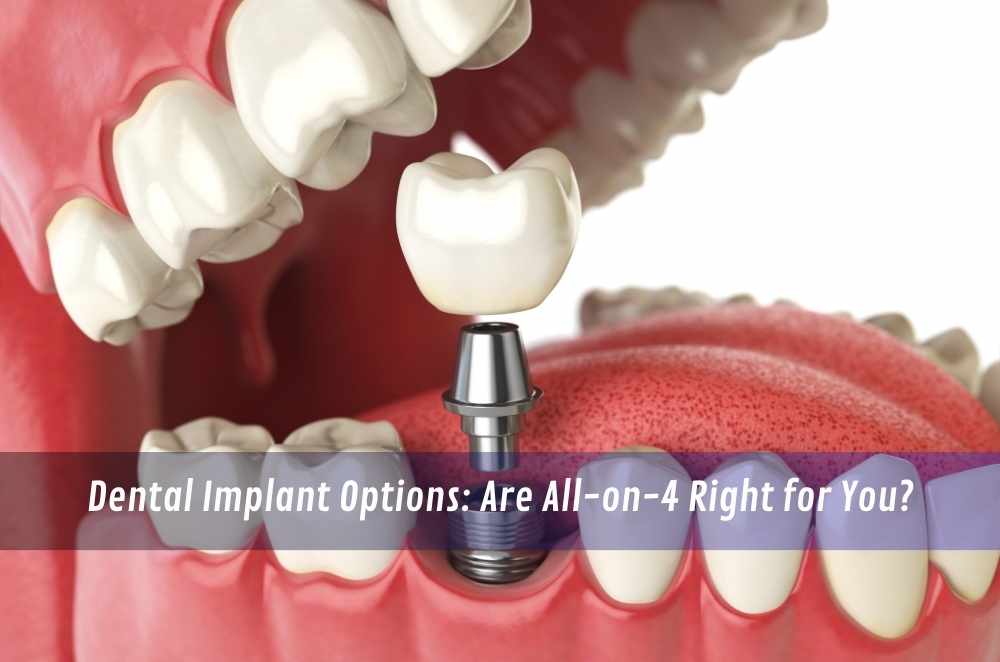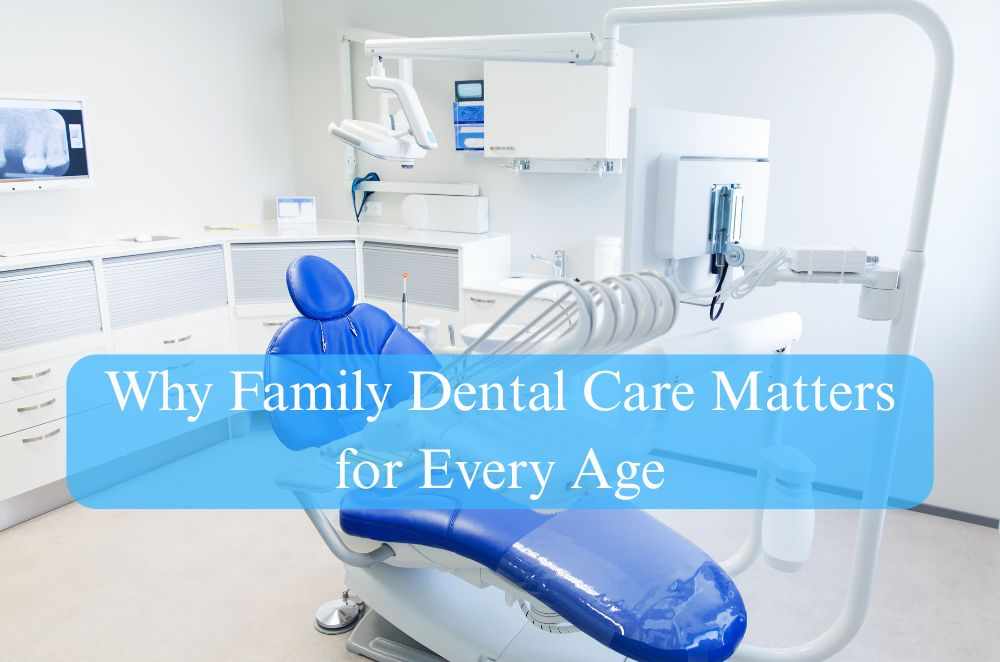
A sudden jolt of pain in your jaw. The kind of ache that wakes you in the middle of the night and makes you wonder if you can hold out until morning. Sound familiar? You wouldn’t be the first to frantically search for emergency tooth extraction near me, unsure whether what you’re feeling is urgent or just inconvenient. In moments like these, understanding your options can save you time, stress, and long-term complications.
Depending on the cause, an extraction might be the fastest route to relief. Knowing when to act — and who to turn to — matters. If you’re weighing up whether that intense toothache is something to ride out or get checked immediately, it’s worth learning more about how emergency dental services actually work and what to expect from the process.
When tooth pain means more than discomfort
Let’s be real: not every twinge in your mouth is cause for panic. But persistent or escalating pain isn’t something to ignore. I’ve made the mistake of riding out “just a bit of soreness” — only to end up needing a last-minute extraction when the pain became unbearable.
Here are some red flags that tooth pain is crossing the line into emergency territory:
A sharp or pulsing ache that doesn't go away
Facial or gum swelling
Signs of infection, such as pus, a foul taste, or fever
A cracked tooth exposing the nerve
A loose tooth not caused by injury
When your body is screaming at you, it’s not being dramatic — it’s sending a warning. That’s your cue to act.
Government guidelines on dental emergencies?
Pain isn’t the only indicator that you need urgent care. Sometimes the situation itself — even with tolerable discomfort — demands professional attention. Think of sports injuries, unexpected bleeding, or trauma during travel or weekends when regular clinics are closed.
According to guidance from the Dental Emergency in Australia resources, people should seek emergency care if there’s uncontrolled bleeding, significant facial swelling, or trauma involving the mouth and teeth. These situations can escalate rapidly and might affect more than just oral health.
Helpful signs to act immediately include:
Bleeding that won’t stop with pressure
Pain interfering with daily function
Loose teeth caused by trauma
Signs of systemic infection (fever, fatigue)
In these cases, a dentist may determine that an extraction is the safest and quickest way to prevent complications, especially if infection is at risk of spreading beyond the tooth.
When extraction is the right call
An emergency tooth extraction isn’t always the first option — dentists typically prefer to save a tooth when possible. But there are times when removal is unavoidable, especially if the structure is compromised or the risk of infection is too high.
I once waited out a back molar infection with clove oil and heat packs. Not my finest moment. By the time I gave in, the X-ray showed enough damage that there was no other option. Within 30 minutes, the tooth was gone, and the pain that had ruled my week was suddenly manageable.

Knowing when a situation warrants extraction isn’t always easy to judge alone. That’s why seeking prompt assessment matters — even if you’re hoping to avoid the chair.
Signs you need a tooth extraction sooner rather than later
There’s a difference between a nagging tooth and one that’s on the brink of failure. If the pain is deep, pulsing, or tied to an obvious break or infection, delaying treatment could make recovery more complex.
For anyone on the fence, this guide to signs you need a tooth extraction covers the early warnings and what might happen if you put things off.
Clues that extraction may be unavoidable:
Chronic gum inflammation around one tooth
Recurrent infections in the same spot
X-rays showing root or bone damage
Bite shifting due to decay or pressure
What starts as an ache can easily become a much larger issue, including damage to surrounding teeth, jawbone, and overall oral alignment. Spotting the signs early gives you more options and better outcomes.
Making the call: when to see an emergency dentist
Many people wait until the pain is unbearable — or worse, until they physically can’t eat — before they seek urgent care. It’s understandable. Life’s busy, and dental problems often feel like they can wait.
But here’s the catch: by the time you’re in agony, treatment options may be limited. That’s why understanding when to see an emergency dentist can make a real difference. Not everything requires an emergency visit, but some things really can’t wait.
Consider emergency help if:
The pain wakes you at night and lasts more than a day
You see swelling in your face or lymph nodes
Chewing or speaking becomes difficult
You’ve recently had trauma or a cracked tooth
Painkillers offer no relief after several hours
Emergency dentists are trained to assess quickly and act fast, whether that means pulling the tooth, draining an abscess, or recommending another urgent treatment.
Final thoughts: Trust the signals your mouth is sending
Tooth pain is more than just annoying — it’s a signal. Ignoring it might save you time today, but it could cost you your health down the line.
When your body gives you a nudge (or a shout) that something’s not right, take it seriously. Whether it’s an aching molar, facial swelling, or a sudden injury, quick action can save you from bigger problems and a longer recovery.
If you’re experiencing pain that feels urgent, don’t wait. Reach out to your local emergency dental provider, and be ready for the possibility of an extraction if that’s what’s safest.
And remember — acting early often leads to better outcomes and fewer regrets.






Write a comment ...